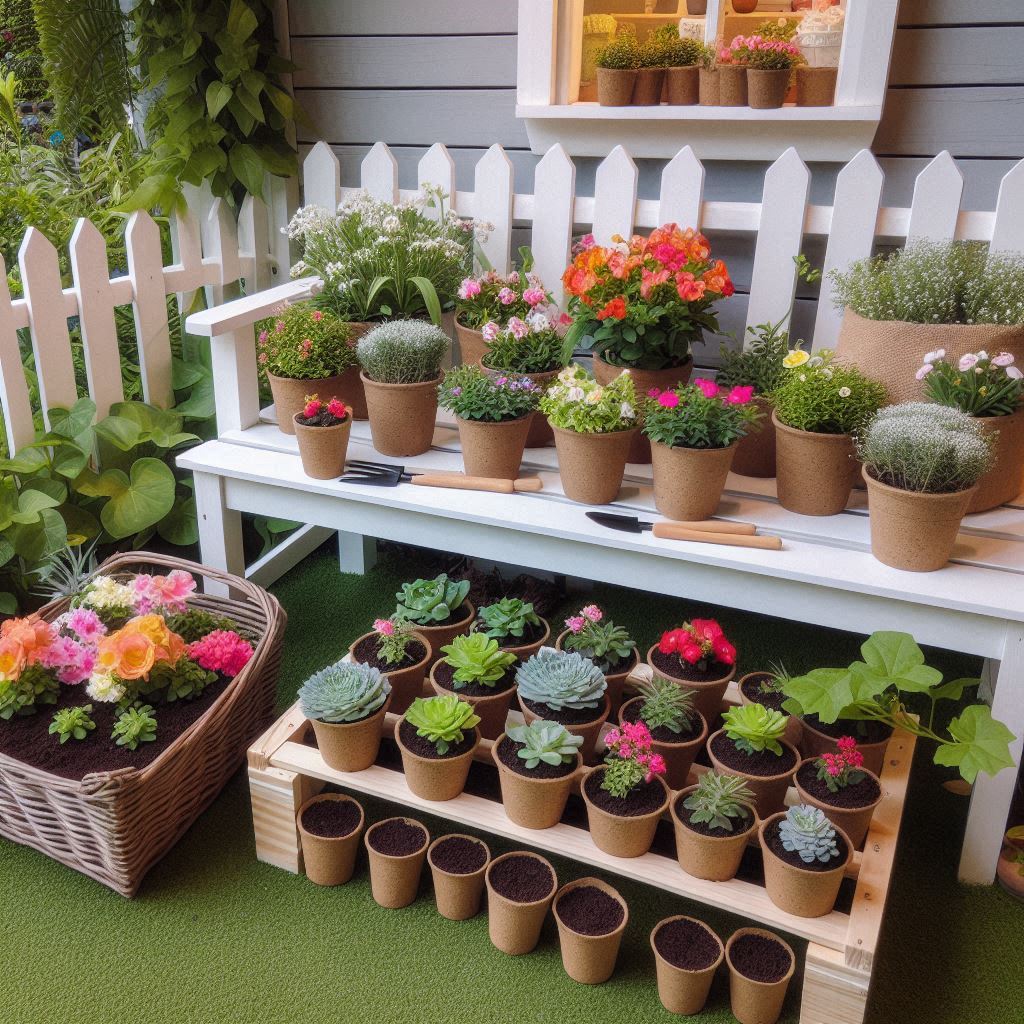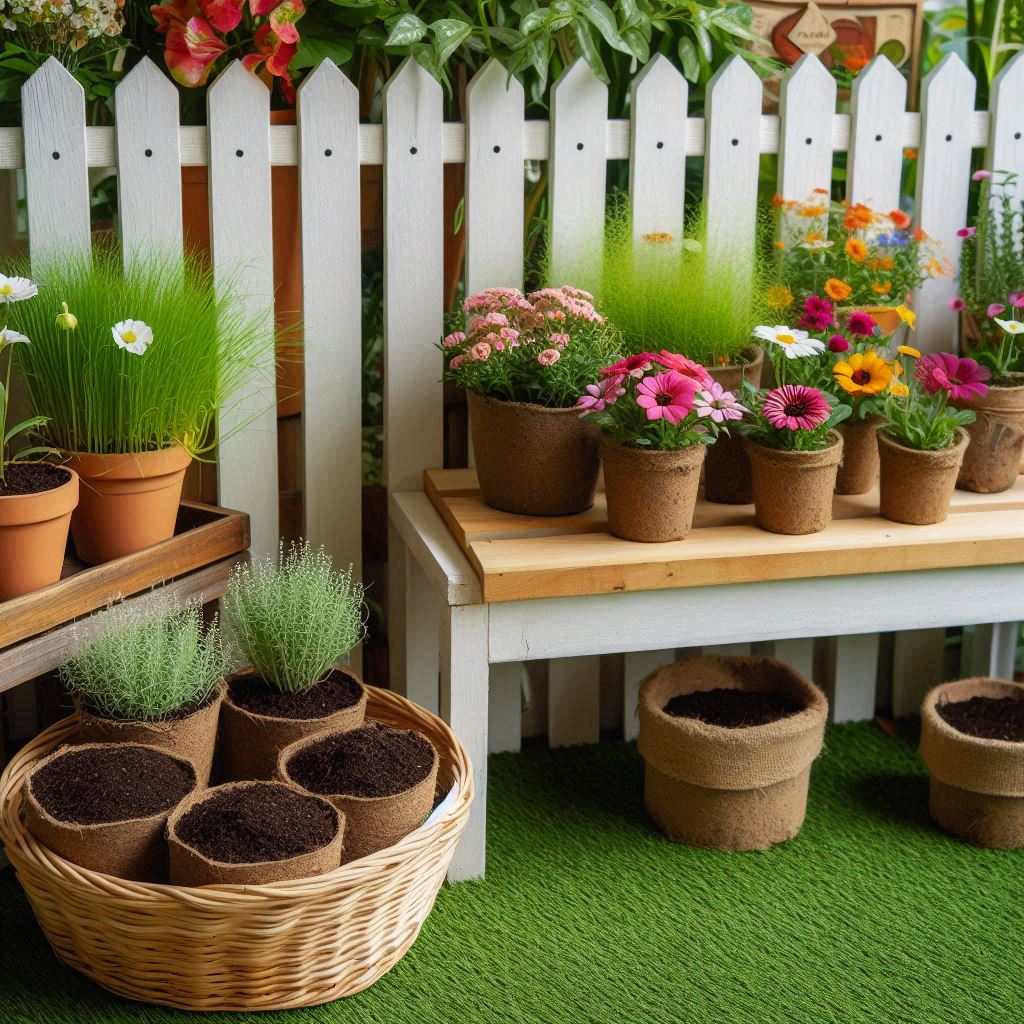Peat pots are a familiar sight for gardeners, offering a convenient way to start seedlings indoors before transplanting them outdoors. But beyond their practicality, peat pots hold a significant advantage: they’re biodegradable! Unlike plastic pots, peat pots break down over time, eliminating the need for disposal and minimizing environmental impact. But how long exactly does this decomposition process take?
How Long Do Peat Pots Take to Decompose?
The answer, like most things in nature, isn’t a simple one. The decomposition timeline for peat pots depends on several factors. In ideal conditions, with consistent moisture, warm soil temperatures, and a healthy population of soil microbes, a peat pot can decompose in as little as a few weeks.
However, the real world throws a few curveballs. Here’s how some key factors influence decomposition time:
- Pot Size: Larger pots, naturally, take longer to break down. Smaller pots with delicate seedlings might be ideal for faster decomposition in your garden.
- Burial Depth: Completely burying the pot in the soil exposes more surface area for microbial action, leading to faster breakdown.
- Soil Composition: Richer soil with abundant microorganisms will accelerate the decomposition process compared to nutrient-poor soils.
- Watering Practices: Believe it or not, overwatering can slow decomposition. Peat pots thrive in consistently moist environments, but soggy soil limits oxygen flow, hindering microbial activity.
Considering these factors, a more realistic timeframe for peat pot decomposition in most gardens falls between several months to a year.

Optimizing the Decomposition Process: Tips for Speedy Breakdown
Here are some handy tips to help your peat pots decompose faster and contribute valuable organic matter to your soil:
- Plant Directly in the Ground (When Possible): Many seedlings, particularly those with strong root systems, can be planted directly in the ground with the peat pot. As the plant grows, the pot breaks down naturally.
- Score or Tear the Pot: Use a knife or your fingers to create small tears or scores on the sides of the pot before planting. This increases the surface area for microbes and hastens breakdown.
- Choose the Right Pot Size: Don’t use a pot significantly larger than your seedling. A snug fit encourages root development and allows for faster pot decomposition as the roots grow and break through the pot walls.
- Maintain Consistent Moisture: As mentioned earlier, consistent moisture is key. Aim for damp, not soggy, soil to create optimal conditions for microbial activity.
Alternatives to Peat Pots: Exploring Eco-Friendly Options
While peat pots offer a biodegradable option, peat moss extraction can raise environmental concerns. Here are some eco-friendly alternatives to consider:
- Newspaper Pots: These DIY pots are a fun and sustainable option. Made from rolled newspaper and secured with string or tape, they decompose quickly and are perfect for starting smaller seedlings.
- Cow Manure Pots: These commercially available pots are made from composted cow manure and provide a slow-release fertilizer for your seedlings. They decompose readily in the soil.
- Recycled Plastic Pots: If you must use plastic pots, opt for recycled plastic options. These are more sustainable than traditional plastic pots and can be reused for several seasons.
The Final Word: Weighing the Benefits
While the decomposition timeframe for peat pots may vary, their biodegradability remains a significant advantage. Considering the convenience they offer for starting seedlings and the eventual addition of organic matter to your soil, peat pots can be a valuable tool for eco-conscious gardeners.

